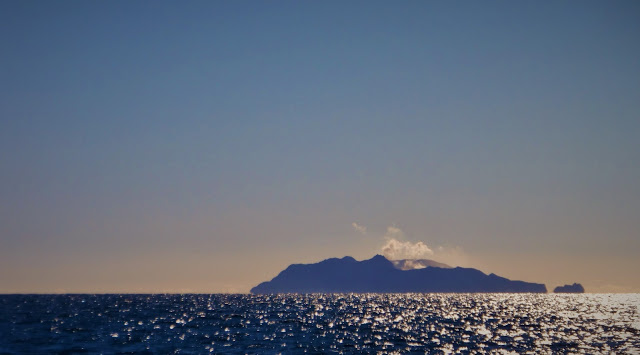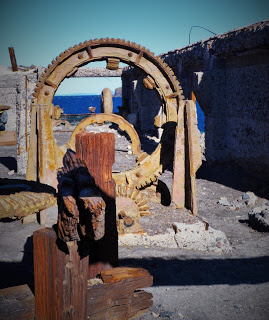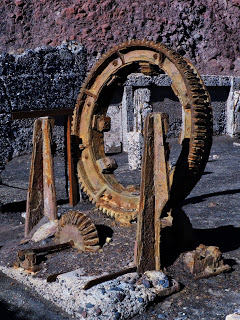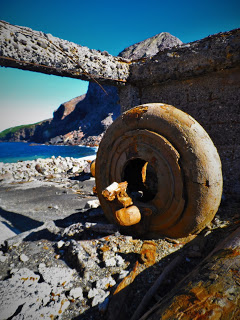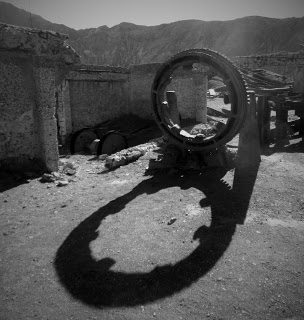White Island: Volcano Ventures
‘Islands are natural workshops of evolution.’ – Richard Dawkins.
A note following the tragedy on White Island on 9th December 2019.
In light of the eruption on White Island that sadly killed seventeen people, White Island Tours have suspended all trips to the island and to nearby Whale Island. Their website has been updated to reflect this. The trip and information I share below were correct as of 11th August 2015 and this post does not reflect the current situation.
Please keep in mind that visiting any active volcano carries risks. We signed waivers before boarding our boat to say we understood the risks involved and wished to visit the island despite those risks. When we travelled with White Island Tours, we found them to be a highly professional, skilled and customer focused tour operator. They provided us with all the safety kit we required to visit the volcano and at no point during the day did we feel any more at risk than you normally would when visiting an active volcano.
My thoughts remain with the families and loved ones of those killed. Kia Kaha.
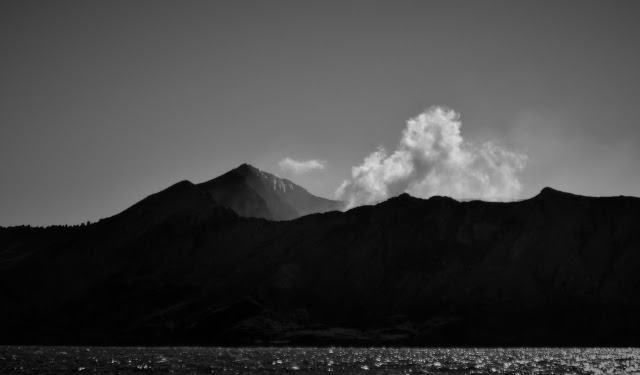
Going on an adventure
The hour long drive from Rotorua to Whakatane was made all the more beautiful by the early morning light. The sun rose over the rolling hills and mirror-like lakes, with the mist still clinging eerily to the water. I wanted to pull over and take photos, but resisted the urge. We had to be in Whakatane by 8.30am and I hate being late. I usually leaving earlier than necessary to avoid having to rush.
Whakatane is a small town situated in the Bay of Plenty. One of its main attractions are the daily boat tours out to White Island, a volcanic island located 49km offshore. This was the reason we had come – to board a boat and go explore a volcano. We were early, thanks to my overzealous need to be on time. Having paid, we wandered down to the estuary to find our boat for the day.
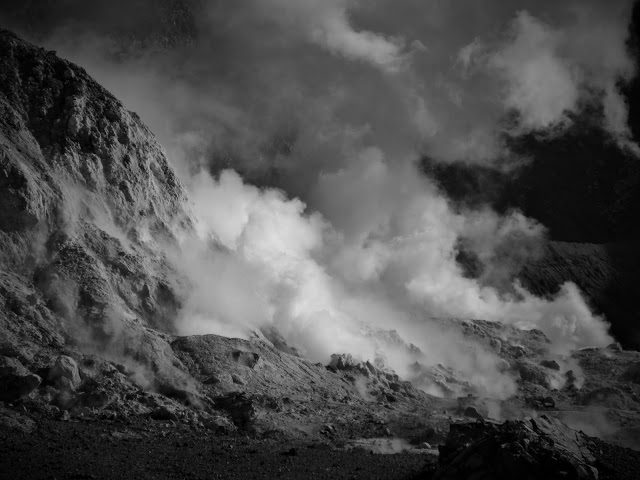
Out to sea
Our boat was named PeeJay V. By 9.30am, PeeJay was chugging cautiously out into the middle of the sparkling estuary, carefully negotiating the sandbanks and creeping out into the ocean proper. We sat up top, out in the open, enjoying the sunshine. It was a truly glorious day – bright blue skies, cotton wool clouds and a brilliant blue ocean all around us. The shoreline slowly slipped away behind us, turning hazy and undefined.
I have always been lucky with weather in New Zealand. I can’t think of a single occasion when I have had bad weather (grey skies, rain, storms, wind etc) when I have been off doing something amazing. Haast Pass – glorious. Milford Sound – stunning. Skydive and Tongariro Crossing – sunburn. Cape Reinga – beautiful. Franz Josef – best timing ever, one of only three groups to get onto the glacier that day. In the entire month of May when I travelled around NZ, I think I had just two days of rain. The rest of the time, the weather was perfect. My trip to White Island was no exception. We’d struck gold.
As we cruised closer and closer to the volcano, it became more clearly defined. There was a constant plume of steam rising from the crater, hidden from our view whilst on the boat by the volcano sides. We were brought round to a sheltered cove and divided into groups of eight to board the small rubber dinghy that would take us ashore. Seals watched us curiously as we came within feet of where they were sunbathing on boulders, but made no effort to move. NZ wildlife is so trusting.
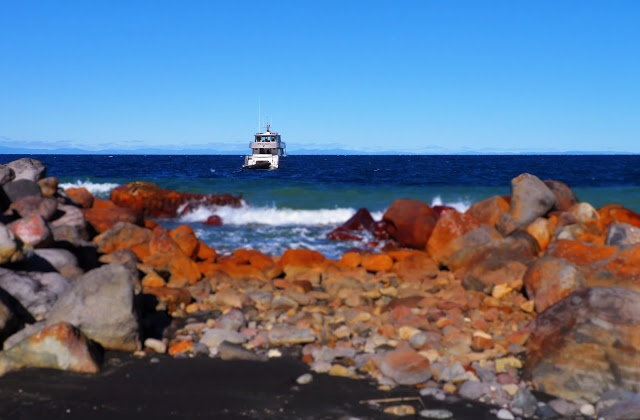
Stepping foot on a volcano
Our landing point was a large boulder that stuck out from the sea. We clambered onto it. Then followed a ten minute scramble over countless other large rocks to get to dry land proper. It was not the tour’s preferred landing route, but the jetty was in a bay where the wind was whipping up white crested waves. The water was calmer here in the sheltered cove and the landing easier. Besides, all the climbing made it seem all the more adventurous, and the rocks weren’t slippery or slimy. Finally, we all reached a flat, sandy area and grouped around our tour guide for our introduction to the island.
White Island, or Whakaari as it is known in Maori, has a fascinating history. The island was first named White Island by Captain Cook on 1st October 1769. Despite clouds of steam (hence the name), Captain Cook failed to notice that the island was in fact a volcano. During the mid-1880s, 1898-1901 and 1913-1914, attempts were made to mine sulphur on the island. The mining came to a tragic end in 1914 when a lahar killed 10 workers, all of whom disappeared without a trace. A decade or so later, mining was tried out once again on White Island. The practise finally came to a complete end because of the poor mineral content. Today, the mining buildings lie in ruins, the machinery rusting and corroding in the sulphurous environment. It made for some interesting photo opportunities.
A guided tour
White Island Tours give a full hour and a half guided tour around the volcano. It allows visitors to get up close and personal with all the great geothermal features. If you’re a volcano geek, it’s a huge must-do if you’re ever in this part of the world. We had hard hats and gas masks fitted. The latter coming in very handy around the clouds of noxious gases we encountered near the crater. The rocks were coloured bright yellow by the sulphur and everywhere mud pools bubbled and boiled like witches pots.
A volcano is a strange environment. There is no vegetation, no life. Everything is bare rock, harsh and jagged, nothing is smoothed out. At the rim of the crater, we peered down to the lake of boiling water below. The surface gleamed silver in the sunshine. A distant roar, like that of a motorway from a long way off, filled our ears. When I asked what the noise was and referred to a motorway, the guide smiled. It was the noise the volcano made, she explained.
The tour took us on a big loop around the main areas of the crater. We walked from the derelict sulphur mine buildings to the rim of the crater and back around via two small streams. Both ran warm water down to the sea. We were warned to remain on the path at all times. Going off-piste could see us treading accidentally on thin crust and falling through, potentially to a nasty death.
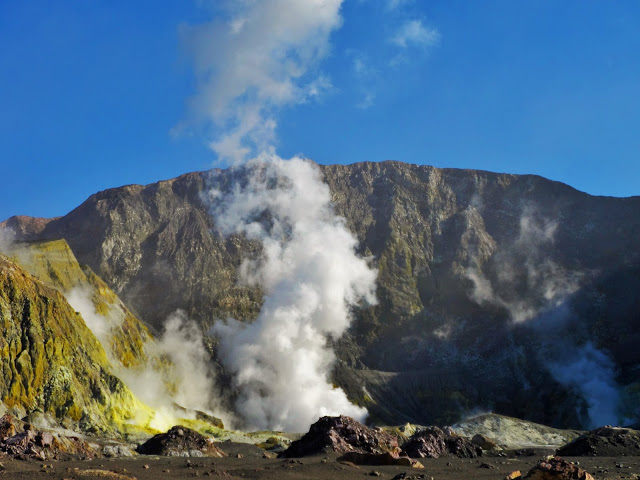
Back on board PeeJay V
We departed the island from the jetty and bobbed back to PeeJay in the small dinghy. I’d previously been convinced I would manage to fall in during the transfer from dry land to dinghy, or dinghy to boat. It was somewhat of a relief to make it back on board PeeJay in one piece, still dry. A packed lunch was included in the price of the tour. We ate sandwiches while the boat cruised around the circumference of the island. The slopes behind the crater, facing out towards the ocean, were wooded and covered in vegetation. Maybe the island wasn’t such an inhospitable environment as first meets the eye. According to the man doing the commentary, there was a large population of mutton-birds on the island, as well as a gannet colony.
White Island receded into the distance behind the boat and the haze slowly swallowed it up. We settled back to try and spot wildlife on the trip back to Whakatane. We weren’t in luck – nothing was keen to show itself, despite the great weather and the calm seas. The seals would be the most exciting animals we saw that day.
We passed Whale Island, which is an important nature reserve. The island is completely free of goats, rats, cats and rabbits that previously destroyed native plants and animals. 12,000 plants covering 45 species are now established, including species such as the Pohutukawa tree. There are breeding colonies of the grey-faced petrel, little blue penguins and sooty shearwaters. Additionally, there are three lizard species and fur seals. Access is strictly prohibited to the public. You can only go to the island as part of an organised tour.
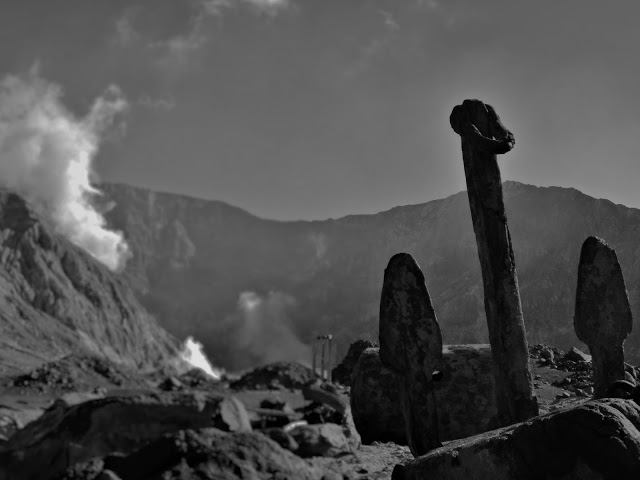
Back on dry land
All too soon, we were back on dry land. After another coffee, we left Whakatane, heading back to Rotorua. We took a different road and drove along the coastline. On the way, we stopped to sit on a beach and watch the sun sink slowly towards the watery horizon. In the distance, a smudge of white cloud hung over White Island, shifting constantly in the slight offshore breeze. Our leisurely drive back ended with an impressive red sky sunset as we drove around Lake Rotorua. We also had a brief stop in near darkness at Okere Falls. We decided to go back there the following morning before catching our bus back to Wellington.
I believe that White Island is one of New Zealand’s best kept secrets. I didn’t know about this volcanic island before I arrived. I’m so glad I managed to go and see it. It was one of the best things I’ve done in New Zealand, especially since I’m a bit of a geology geek. My only regret is that I forgot to charge my camera battery the night before. It inconveniently died on me halfway through the day. Still, I hope you like the photos I managed to capture…
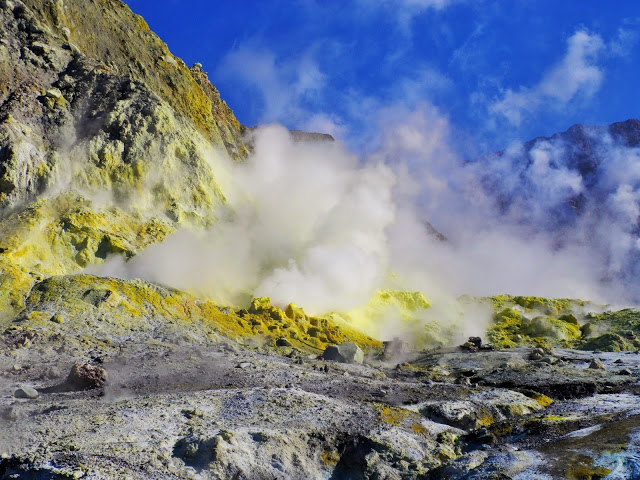
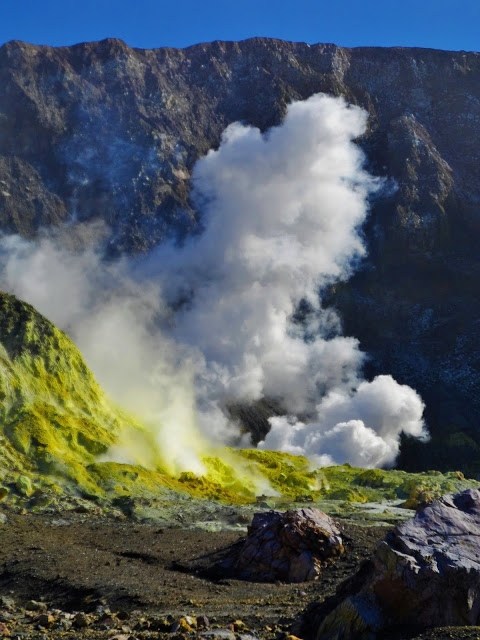
The Logistics
I went to White Island with White Island Tours, who operate out of Whakatane. They offer a pickup service from Rotorua for an additional fee, as well as Tauranga, Mt Mauganui and Papamoa, but we hired a car from Budget Rental which worked out cheaper overall. The drive from Rotorua took approximately an hour and is easily manageable by car. The tour cost us $199 each, and included the boat trip out and back, a packed lunch, the guided tour and the opportunity to spot wildlife too (they have permits for this).
White Island Tours ring the night before to confirm whether or not the boat trip is going ahead (it’s weather dependent) and you pay on the day, although credit card details are taken when you book. They were a professional, friendly company and I had a great day out with them!!
I’d recommend wearing trainers or other closed shoes and taking a rain jacket. I forgot my coat on the day and was lucky it was such good weather, otherwise I would have been miserable. Don’t make like me and forget to charge your camera batteries either!! Extra snacks might be advisable, although I thought the lunch was pretty decent.
If you really want to splash the cash, you can also opt for a helicopter tour from Whakatane Airport – seeing the volcano from the air would be a truly amazing experience, although prices start at an eye-watering $500.
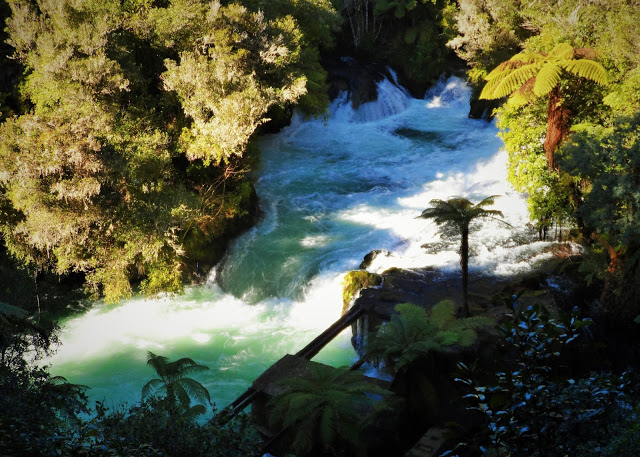
This post was updated on 27th December 2019 to reflect recent sad events on White Island and to make small copy and layout changes.

